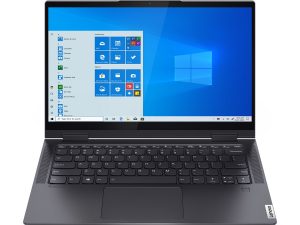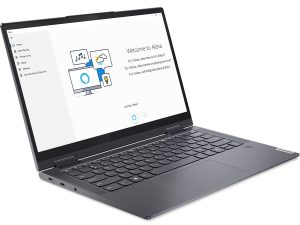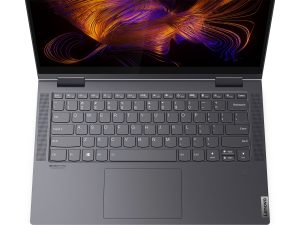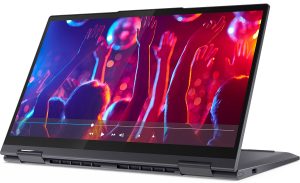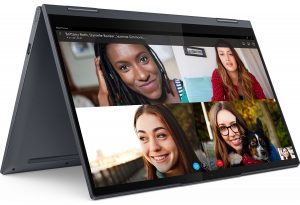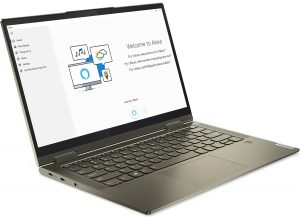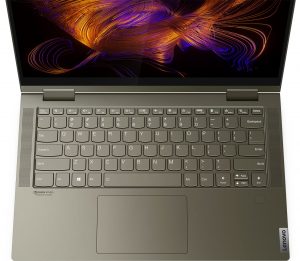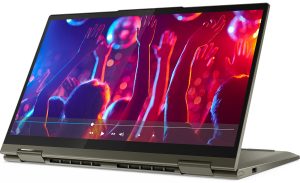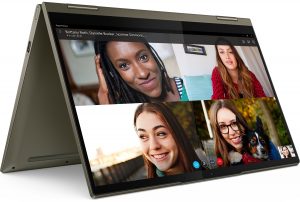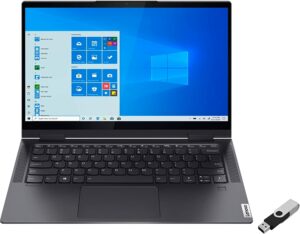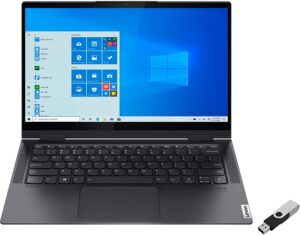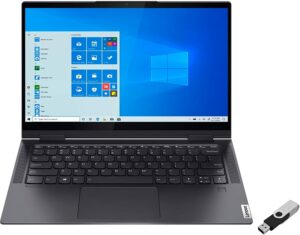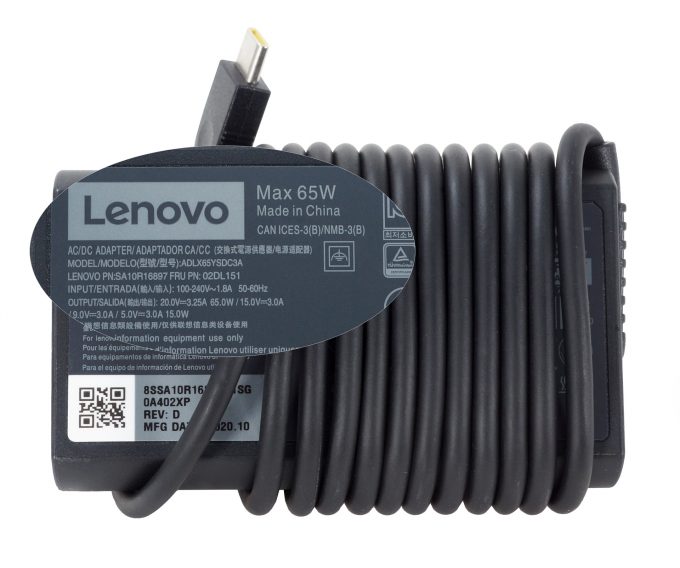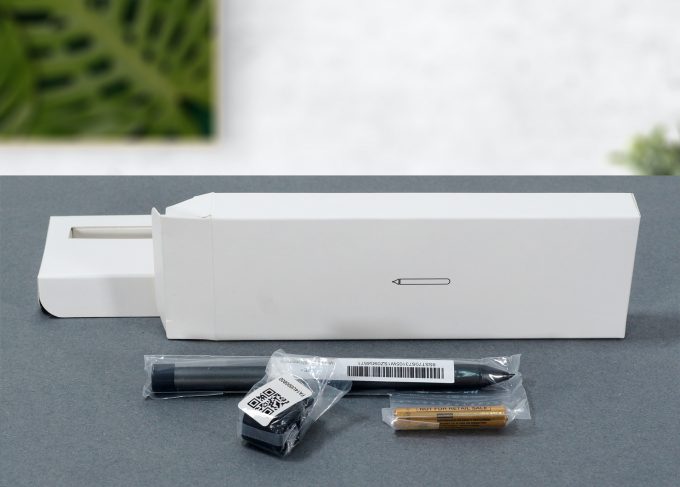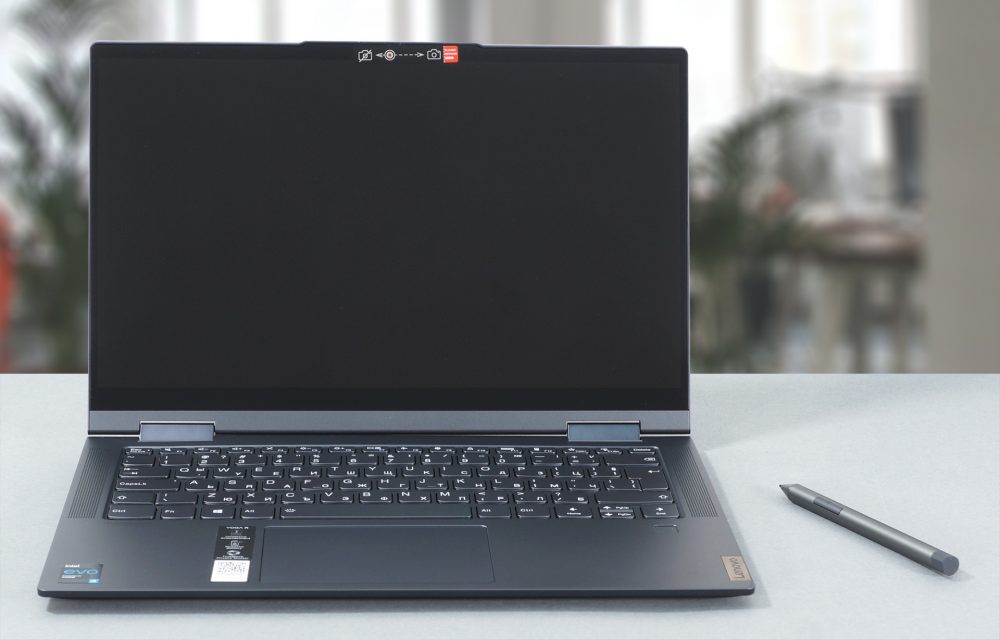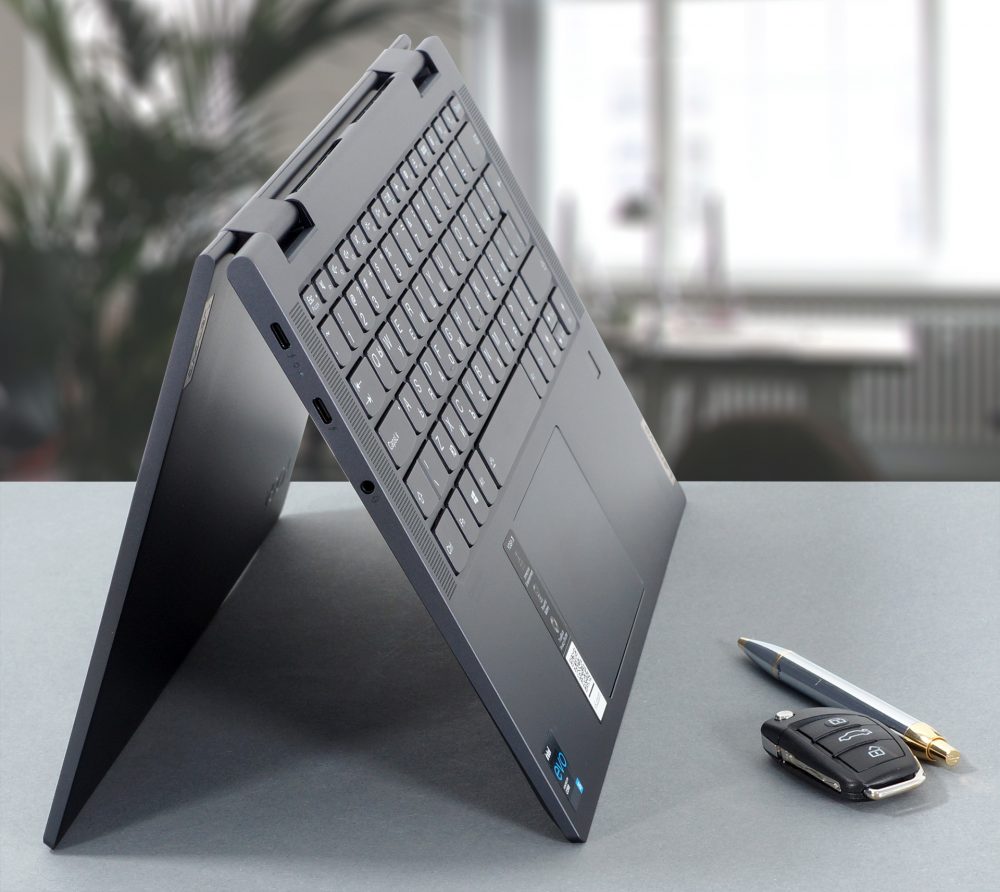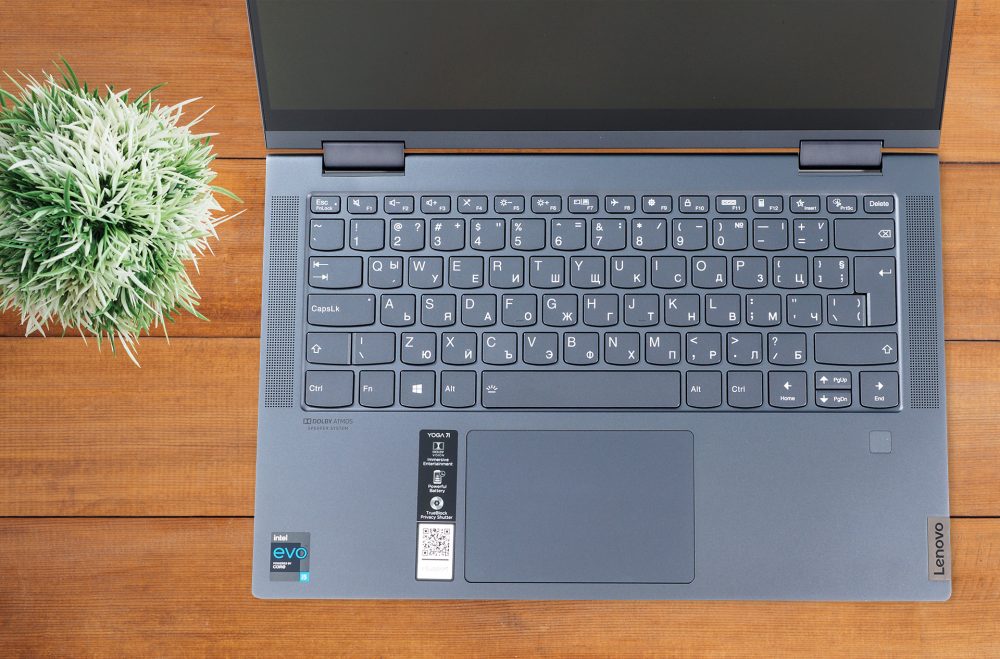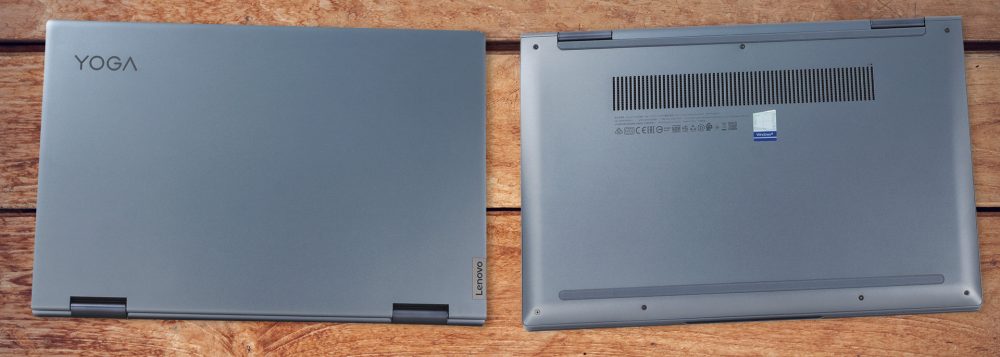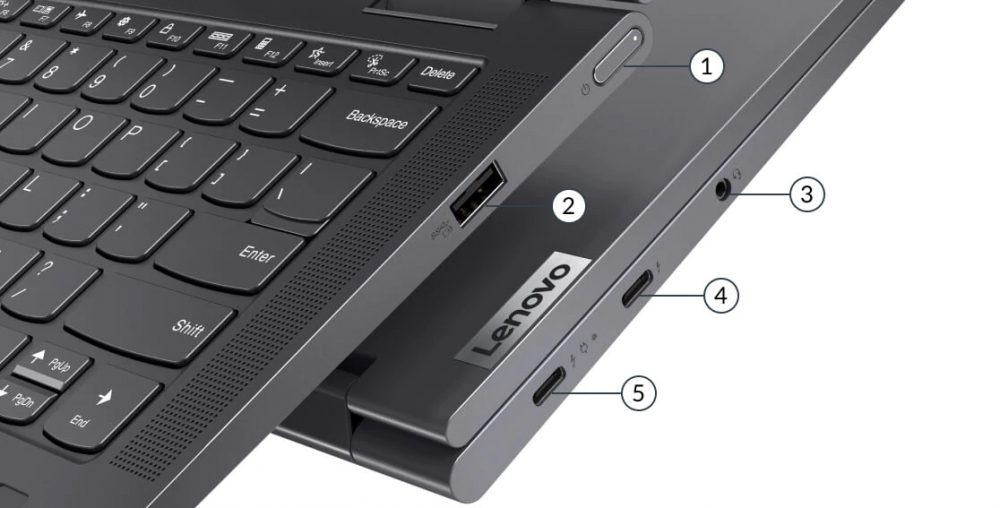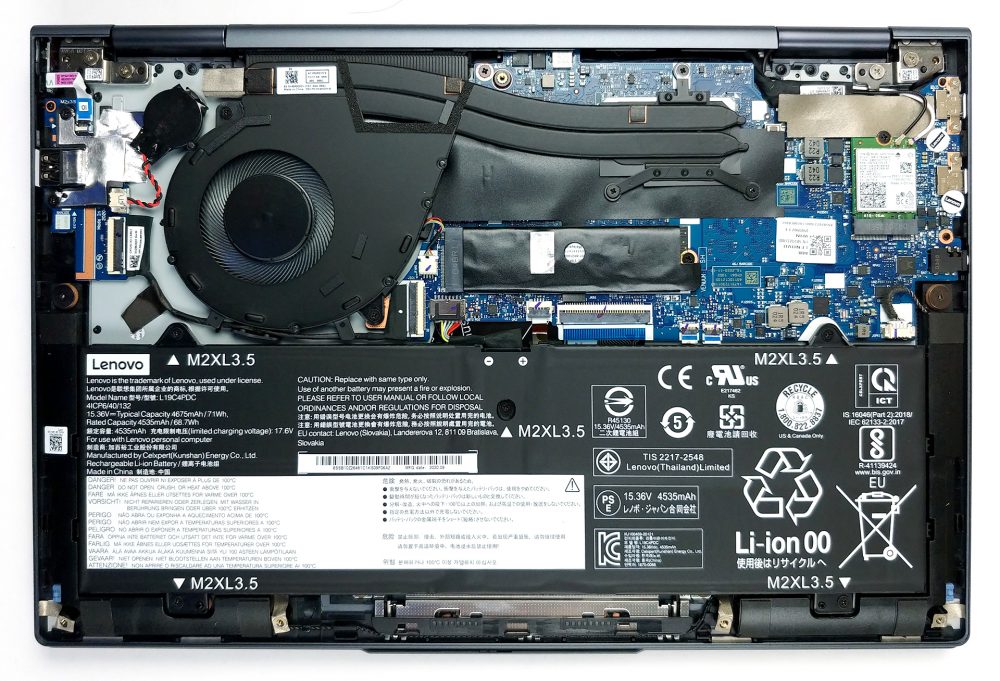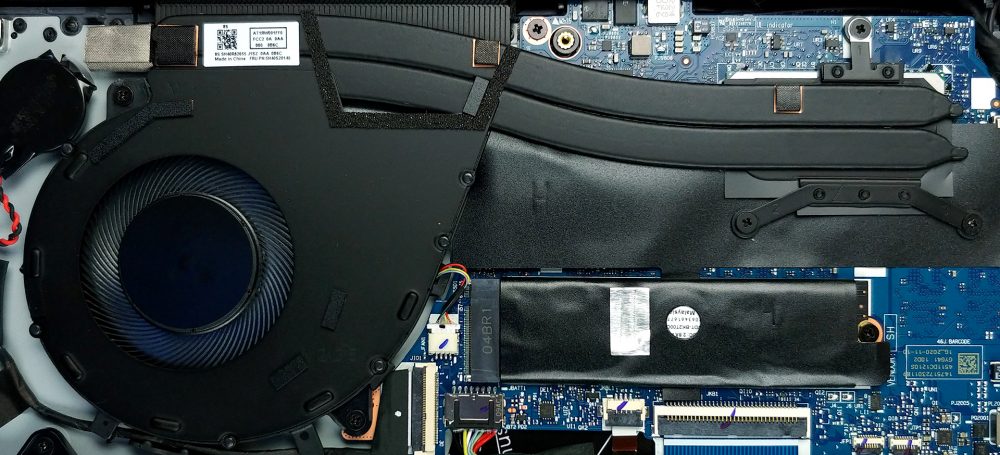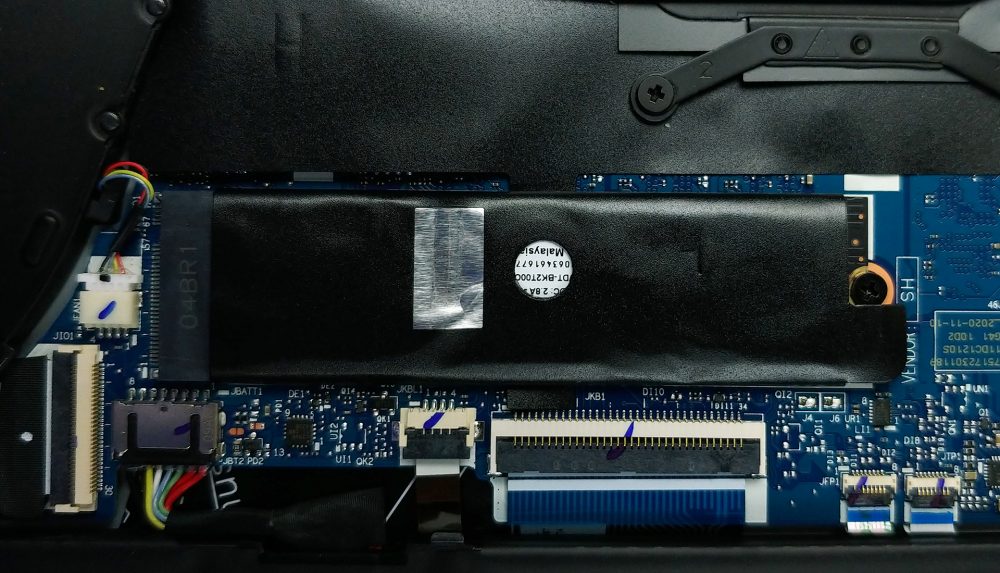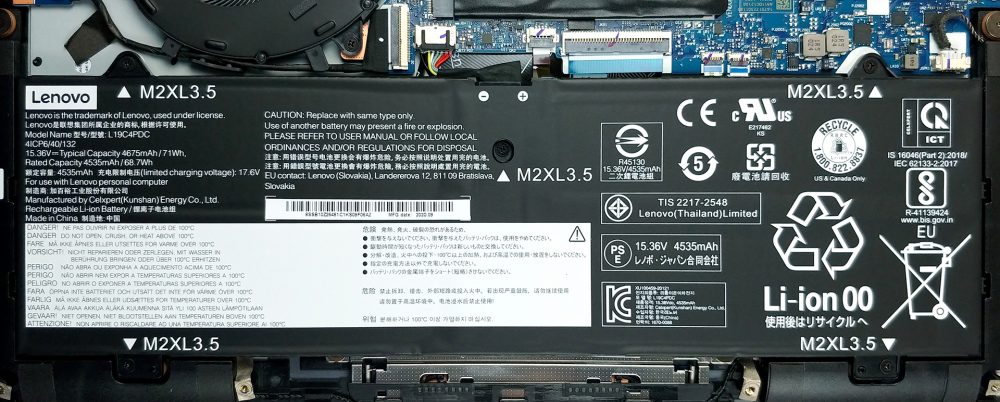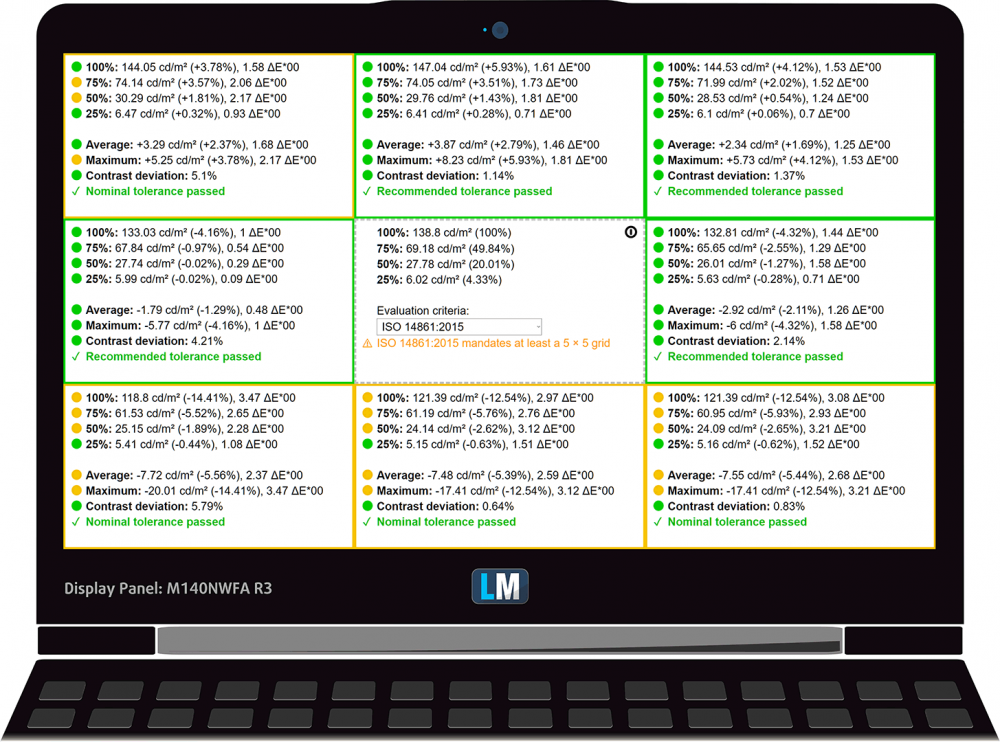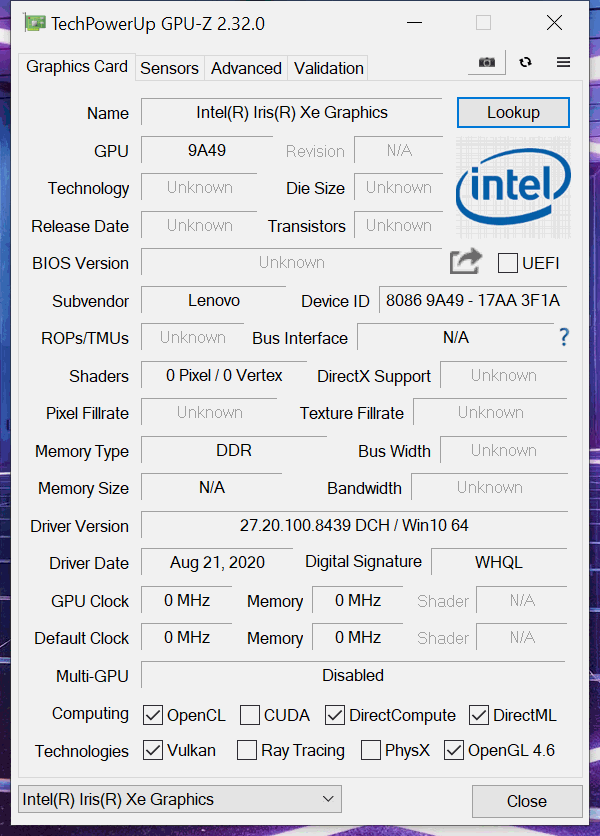Lenovo Yoga 7 (14) review – a cheaper and arguably better option than the Yoga 9i
 Ever since they were released, the Yoga series was one of the go-to notebooks when it comes to 2-in-1 computing. They are powerful, have a wide variety of options, and some of them feature high-quality displays, which are great for professional use.
Ever since they were released, the Yoga series was one of the go-to notebooks when it comes to 2-in-1 computing. They are powerful, have a wide variety of options, and some of them feature high-quality displays, which are great for professional use.
Another addition to these series is the Yoga 7 (14), which packs Intel Tiger Lake CPUs, and shows a lot of promise on paper. Some of the specs include a 1080p IPS panel with supposedly full sRGB support, Wi-Fi 6 support, and long battery life. Of course, all of this is very important, as is the usability with a stylus, as not only does it supports Pens, but the manufacturer happens to provide one inside the box.
Now, let’s unbox this machine, and see how does the last step before going fully premium (with the Yoga 9i), looks like.
You can check the prices and configurations in our Specs System: https://laptopmedia.com/series/lenovo-yoga-7-14/
Contents
Specs Sheet
- HDD/SSD
- まで 2000GB SSD
- M.2スロット
- 1x 2280 PCIe NVMe 3.0 x4 写真を見る
- ラム
- up to 12GB
- OS
- Windows 10 Home, Windows 10 Pro, Windows 11 Pro, Windows 11 Home
- バッテリー
- 71Wh, 71Wh, 4-cell, 51Wh, 4-cell
- 本体材質
- Aluminum
- 寸法
- 320.4 x 214.6 x 15.7 ~ 17.7 mm (12.61" x 8.45" x 0.62")
- 重量
- 1.43 kg (3.2 lbs)
- ポートと接続性
- 1x USB Type-A
- 3.2 Gen 1 (5 Gbps)
- 2x USB Type-C
- Thunderbolt 4, Power Delivery (PD), DisplayPort
- カードリーダー
- Wi-Fi
- 802.11ac/ax
- ブルートゥース
- 5.0
- オーディオジャック
- 3.5mm Combo Jack
- 特徴
- 指紋リーダー
- 対戦相手
- HD
- バックライト付きキーボード
- メモリタイプ
- Dual Array Microphone
- スピーカー
- 2x 2W, Dolby Atmos
- 光学ドライブ
- セキュリティロックスロット
All Lenovo Yoga 7i (14″) コンフィグレーション
What’s in the box?
Inside the package, we saw some paper manuals, as well as a 65W USB Type-C power brick and a dedicated stylus.
Design and construction
We are glad to say that the Yoga 7 (14) packs a well-built aluminum body, that can withstand some serious flexing. It has a profile of 15.7-17.mm and weighs 1.43 kg. This is neither the thinnest, nor the lightest convertibles on the market, but still, we think it’s manageable, as it doesn’t feel too heavy in any mode, or position of the screen.
Speaking of which, you won’t be able to open the lid with a single hand. Thankfully, it features an AGC Dragontrail glass, which provides some sort of protection to the display. Above it, you’ll see the HD Webcam with a privacy shutter above it, and a slight notch protruding above the top bezel. Otherwise, all of the bezels are rather thin. In contrast to the slightly less expensive Acer Spin 3 (SP314-54N), its stylus doesn’t stay put inside of the body of the laptop, and it feels a bit less sharp, when it comes to response time, as it leaves quite the trail of blank pixels behind, when you’re drawing. Additionally, the lid is not fixed in place, but it falls good under its weight, thus we saw no bouncing, during creative sessions.
Other than that, the backlit keyboard feels rapid, with its clicky feedback, although the short key travel might be a bit uncomfortable at first. Thankfully, the keycaps are quite big, and the spacing works for you, so as soon as you get used to the short travel, you’re good to go.
Further down below, you’ll find the touchpad, which is not huge but is definitely accurate. It’s Mylar surface makes gliding smooth, while the tracking is on point. Additionally, there’s a fingerprint reader to the right (just below the Right Arrow key), and it works like a charm. Signing through Windows Hello takes a heartbeat, and works pretty much every time.
Surrounding the keyboard, are a set of 2W stereo speakers. This leaves the bottom panel only to the ventilation grill, while the hot air escapes through the back of the laptop.
Ports
On the left side, there are two Thunderbolt 4 connectors with 40Gbps throughput, data transfer, Power Delivery 3.0, and DisplayPort 1.4 support. Both of them can be used for charging, as well. Additionally, there is an audio jack, and on the right, we found a single USB Type-A 3.2 (Gen 1) port. To say that this laptop’s I/O is modest is an understatement.
Disassembly, upgrade options, and maintenance
This notebook’s bottom panel is held in place by 7 Torx-head screws. First, you need to undo them, before you pry the panel with a plastic tool.
The cooling system here looks solid, with two heat pipes, a heat sink with a decent size, and a fan.
Unsurprisingly, the memory is soldered to the motherboard. It comes in three variants – 8GB, 12GB, and 16GB of DDR4 RAM, working at 3200 MHz. On the bright side, Lenovo has included one M.2 slot, which supports PCIe x4 drives with lengths of 80mm and 42mm.
As you can see, the battery pack is rather beefy. It has a capacity of 71Wh.
Display quality
Lenovo Yoga 7 (14) has a touchscreen Full HD display, model number IVO M140NWFA R3 (LEN88A3). Its diagonal is 14″ (35.56 cm), and the resolution – 1920 х 1080. Additionally, the screen ratio is 16:9, the pixel density – 157 ppi, their pitch – 0.161 x 0.161 mm. The screen can be considered Retina when viewed from at least 55 cm (from this distance, the average human eye can’t see the individual pixels).
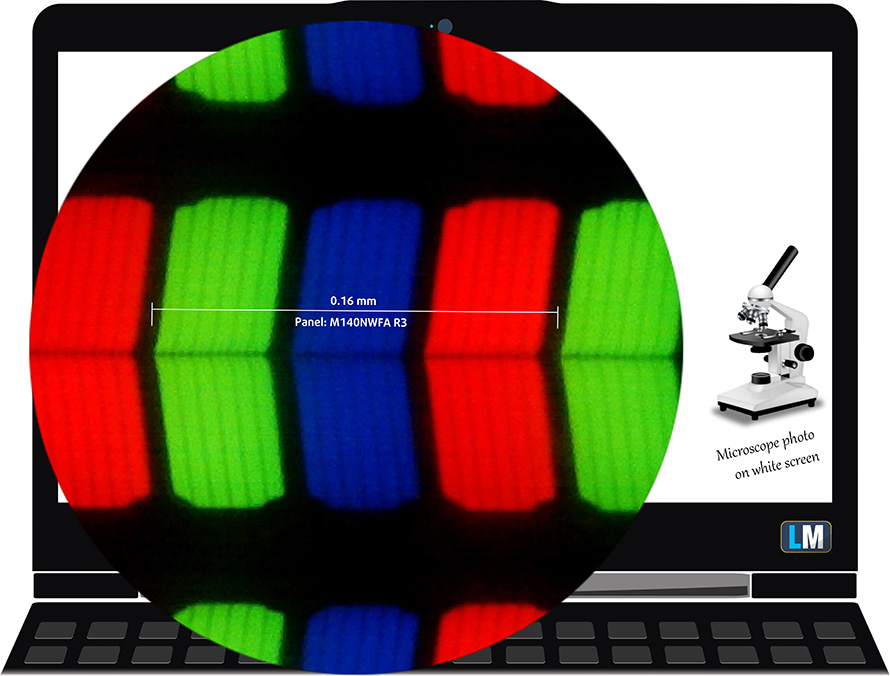
It has comfortable viewing angles. We have provided images at 45 degrees to evaluate quality.
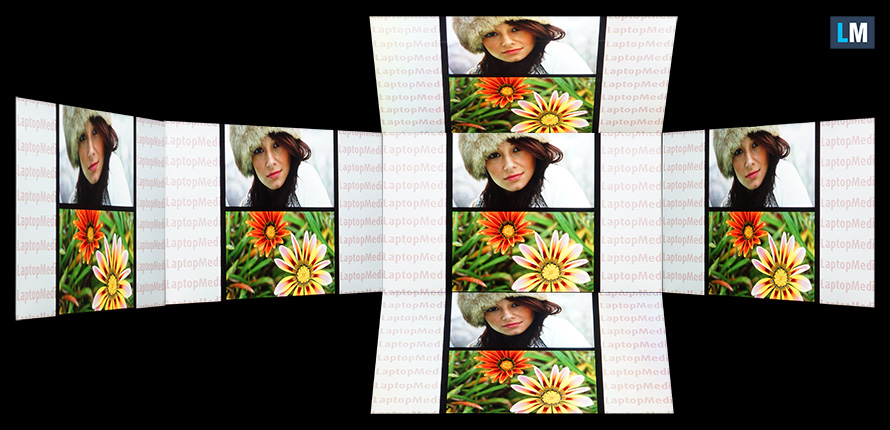
The maximum measured brightness is 305 nits (cd/m2) in the middle of the screen and 291 nits (cd/m2) average across the surface with a maximum deviation of 12%. The Correlated Color Temperature on a white screen and at maximum brightness is 7100K (average) – colder than the 6500K optimum for sRGB.
In the illustration below you can see how the display performs from a uniformity perspective.
Values of dE2000 over 4.0 should not occur, and this parameter is one of the first you should check if you intend to use the laptop for color-sensitive work (a maximum tolerance of 2.0 ). The contrast ratio is very good – 1500:1.
To make sure we are on the same page, we would like to give you a little introduction to the sRGB color gamut and the Adobe RGB. To start, there’s the CIE 1976 Uniform Chromaticity Diagram that represents the visible specter of colors by the human eye, giving you a better perception of the color gamut coverage and the color accuracy.
Inside the black triangle, you will see the standard color gamut (sRGB) that is being used by millions of people on HDTV and on the web. As for the Adobe RGB, this is used in professional cameras, monitors, etc for printing. Colors inside the black triangle are used by everyone and this is the essential part of the color quality and color accuracy of a mainstream notebook.
Still, we’ve included other color spaces like the famous DCI-P3 standard used by movie studios, as well as the digital UHD Rec.2020 standard. Rec.2020, however, is still a thing of the future and it’s difficult for today’s displays to cover that well. We’ve also included the so-called Michael Pointer gamut, or Pointer’s gamut, which represents the colors that naturally occur around us every day.
The yellow dotted line shows Lenovo Yoga 7 (14)’s color gamut coverage.
Its display covers 98% of the sRGB/ITU-R BT.709 (web/HDTV standard) in CIE1976.
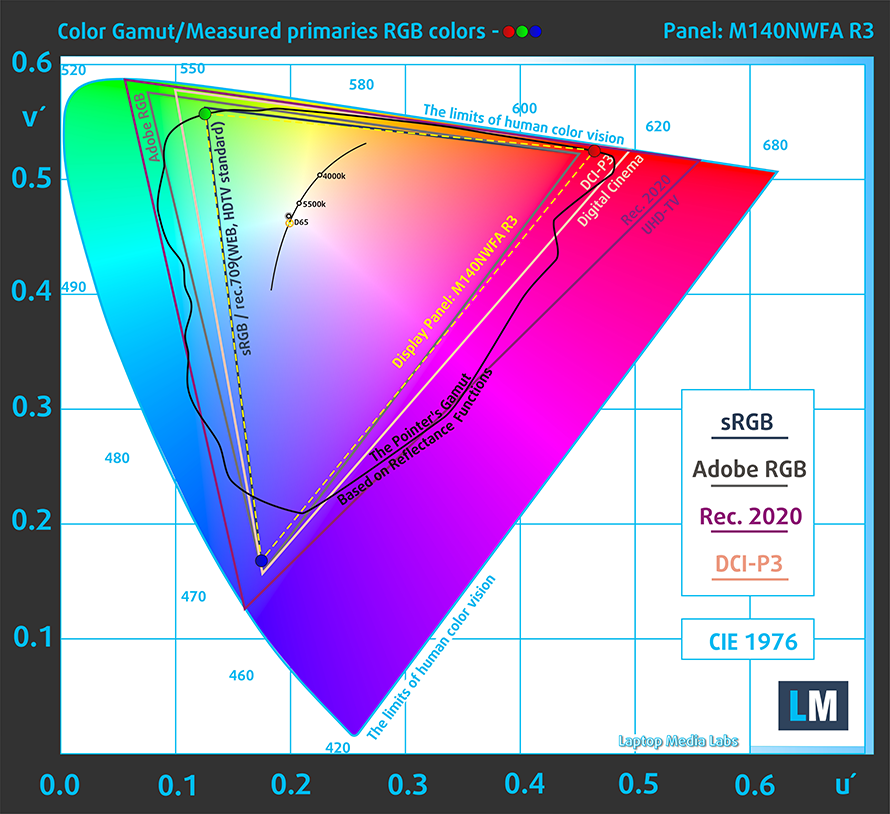
Our “Design and Gaming” profile delivers optimal color temperature (6500K) at 140 cd/m2 luminance and sRGB gamma mode.
We tested the accuracy of the display with 24 commonly used colors like light and dark human skin, blue sky, green grass, orange, etc. You can check out the results at factory condition and also, with the “Design and Gaming” profile.
Below you can compare the scores of Lenovo Yoga 7 (14) with the default settings (left), and with the “Gaming and Web design” profile (right).
The next figure shows how well the display can reproduce dark parts of an image, which is essential when watching movies or playing games in low ambient light.
The left side of the image represents the display with stock settings, while the right one is with the “Gaming and Web Design” profile activated. On the horizontal axis, you will find the grayscale, and on the vertical axis – the luminance of the display. On the two graphs below you can easily check for yourself how your display handles the darkest nuances but keep in mind that this also depends on the settings of your current display, the calibration, the viewing angle, and the surrounding light conditions.
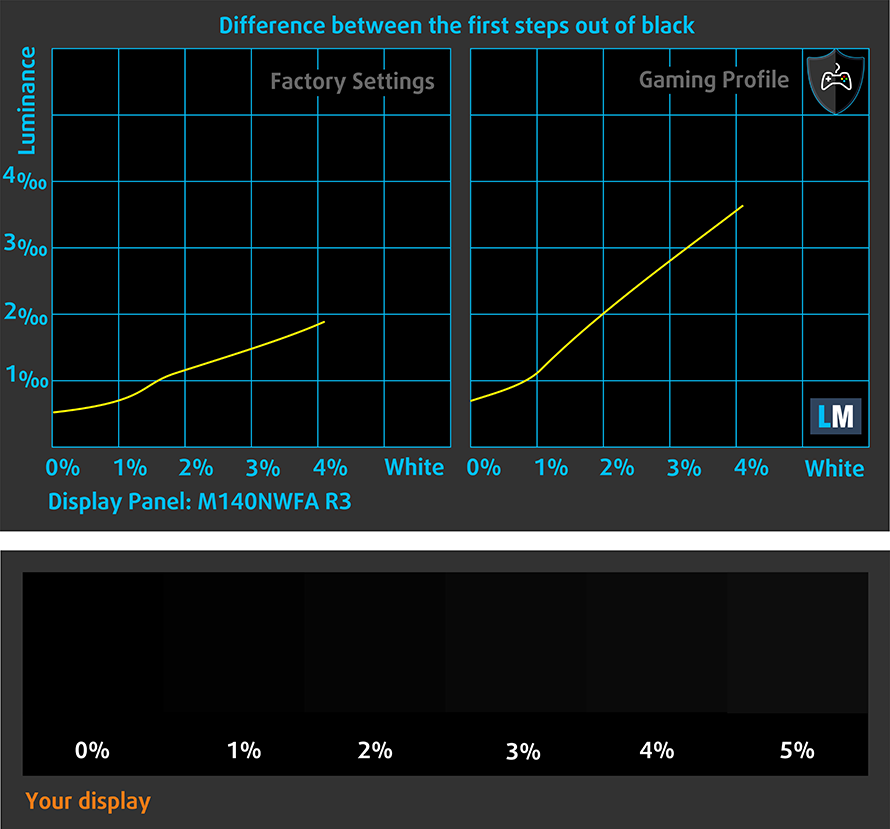
Response time (Gaming capabilities)
We test the reaction time of the pixels with the usual “black-to-white” and “white-to-black” method from 10% to 90% and vice versa.
We recorded Fall Time + Rise Time = 37 ms – a rather slow panel.
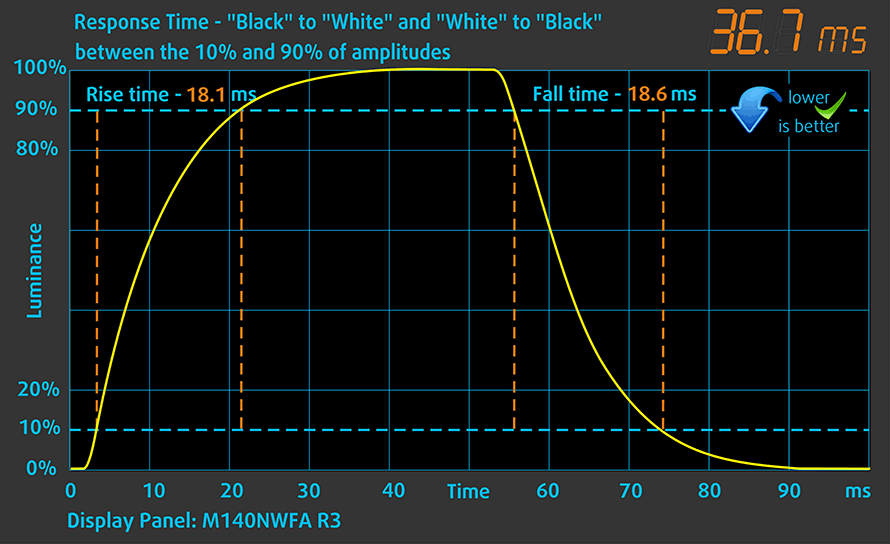
Health impact – PWM / Blue Light
PWM (Screen flickering)
Pulse-width modulation (PWM) is an easy way to control monitor brightness. When you lower the brightness, the light intensity of the backlight is not lowered, but instead turned off and on by the electronics with a frequency indistinguishable to the human eye. In these light impulses, the light/no-light time ratio varies, while brightness remains unchanged, which is harmful to your eyes. You can read more about that in our dedicated article on PWM.
The light coming from Lenovo Yoga 7 (14)’s backlight does not flicker. This makes it comfortable for use during long periods, without harming your eyes in this aspect.
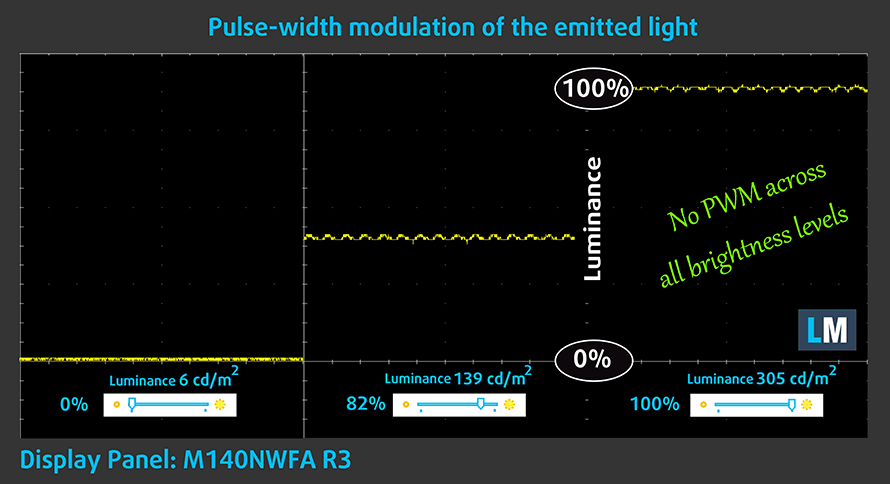
Blue light emissions
Installing our Health-Guard profile not only eliminates PWM but also reduces the harmful Blue Light emissions while keeping the colors of the screen perceptually accurate. If you’re not familiar with the Blue light, the TL;DR version is – emissions that negatively affect your eyes, skin, and your whole body. You can find more information about that in our dedicated article on Blue Light.
Conclusions
Lenovo Yoga 7 (14)’s touchscreen IPS panel has a Full HD resolution, a very good contrast ratio, comfortable viewing angles, and an almost full sRGB coverage. Its backlight doesn’t use PWM for brightness adjustment. Moreover, the laptop complies with the sRGB standard when it comes to color accuracy, especially when our Gaming and Web design profile is applied. This makes the unit usable for professional and e-commerce purposes.
Buy our profiles
Since our profiles are tailored for each display model, this article and its respective profile package are meant for Lenovo Yoga 7 (14) configurations with 14.0″ IVO M140NWFA R3 (LEN88A3) (FHD, 1920 × 1080) IPS panel.
*Should you have problems with downloading the purchased file, try using a different browser to open the link you’ll receive via e-mail. If the download target is a .php file instead of an archive, change the file extension to .zip or contact us at [email protected].
Read more about the profiles HERE.
ここでは、すべてのCPUに搭載されているCPUの価格/性能差を確認することができます。

オフィスワーク
オフィスワークは、ほとんどの時間をテキストや表を見たり、ただネットサーフィンをしたりしているユーザーが使用するべきです。このプロファイルは、フラットなガンマカーブ(2.20)、ネイティブな色温度、知覚的に正確な色を維持することで、より鮮明で明瞭な色を提供することを目指しています。

デザインとゲーム
このプロファイルは、色を専門的に扱うデザイナーに向けたもので、ゲームや映画でも使用されています。Design and Gamingは、ディスプレイパネルを限界まで引き出し、WebやHDTV用のsRGB IEC61966-2-1規格の白点D65で可能な限り正確な色を実現しています。

ヘルスガード
ヘルスガードは、有害なパルス幅変調(PWM)を除去し、私たちの目や体に影響を与えるネガティブブルーライトを低減します。それはすべてのパネルのためにカスタマイズされているので、それは知覚的に正確な色を維持するために管理します。ヘルスガードは紙をシミュレートするので、目への圧力が大幅に軽減されます。
3 つのプロファイルすべてを 33% 割引で入手
Sound
Lenovo Yoga 7 (14)’s Dolby Atmos speakers produce a decent sound with good quality. Its low, mid, and high tones are clear of deviations.
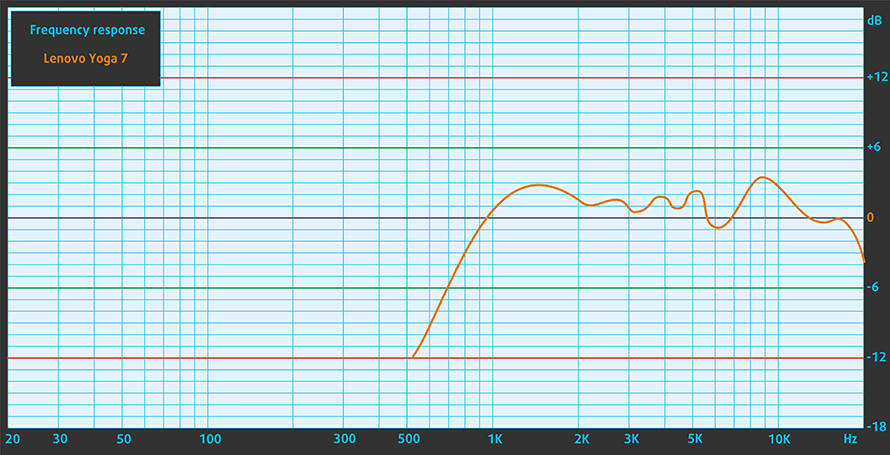
Drivers
All of the drivers and utilities for this notebook can be found here: https://pcsupport.lenovo.com/us/en/products/laptops-and-netbooks/yoga-series/yoga-7-14itl5/downloads/driver-list
Battery
Now, we conduct the battery tests with Windows Better performance setting turned on, screen brightness adjusted to 120 nits, and all other programs turned off except for the one we are testing the notebook with. This device’s 71Wh battery pack lasts for 14 hours and 10 minutes of Web browsing, and 11 hours and 57 minutes of video playback.
実際の状況をシミュレートするために、70 以上の Web サイトを自動的に Web ブラウジングする独自のスクリプトを使用しました。
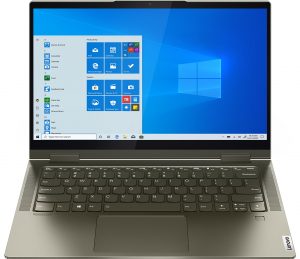
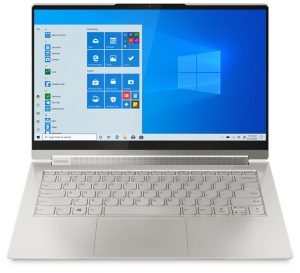
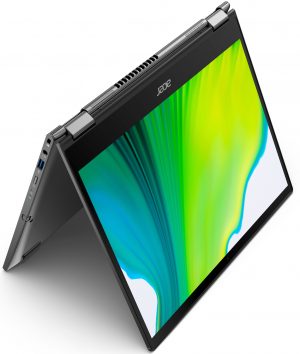
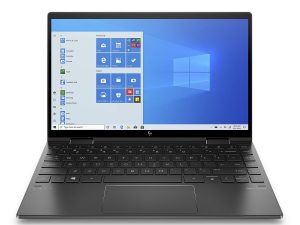
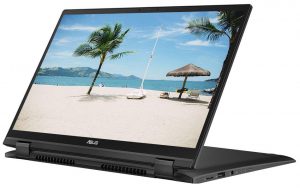
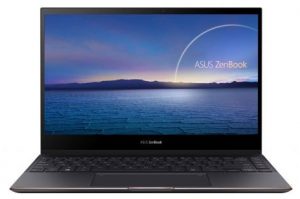
このようなすべてのテストでは、HD の同じビデオを使用します。






CPU options
Currently, this laptop is offered with the Core i5-1135G7, and the Core i7-1165G7 – both capable quad-core processors, part of the new Tiger Lake lineup from Intel.
結果はCinebench 20のCPUテストによるものです(スコアが高いほど優れています)
Lenovo Yoga 7i (14") CPUのバリエーション
ここでは、市場に出回っている [シリーズ] モデルで見つけることができる CPU 間のおおよその比較を見ることができます。 このようにして、どの [シリーズ] モデルが費用対効果が最も高いかを自分で決めることができます。
注:この表は最も安い異なるCPUの構成を示すので、ノートパソコンの名前/CPUをクリックして、これらのノートパソコンの他の仕様が何であるかを確認する必要があります。
結果はCinebench R23のCPUテストによるもの(スコアが高いほど優れています)
結果はPhotoshopベンチマークテストの結果です(スコアが低いほど良い)
GPU options
Respectively, the only graphics options are populated by two iterations of the Iris Xe Graphics G7. The Core i5 comes with the 80EU version, while the Core i7 features the full-blown 96EU model.
結果は3DMark: Time Spy (Graphics)ベンチマークによるものです(スコアが高いほど優れています)
結果は3DMark: Fire Strike (Graphics)ベンチマークによるものです(スコアが高いほど優秀です)
結果はUnigine Superpositionベンチマークによるものです(スコアが高いほど優秀です)
Lenovo Yoga 7i (14") GPU バリアント
ここでは、市場に出回っている [シリーズ] モデルで見つけることができる GPU 間のおおよその比較を確認できます。 このようにして、どの [シリーズ] モデルが費用対効果が最も高いかを自分で決めることができます。
注:この表は最も安い異なるGPU構成を表示しているので、ノートパソコンの名前/GPUをクリックして、これらのノートパソコンの他の仕様が何であるかを確認する必要があります。
結果は3DMark: Time Spy (Graphics)ベンチマークによるものです(スコアが高いほど優れています)
結果は3DMark: Fire Strike (Graphics)ベンチマークによるものです(スコアが高いほど優秀です)
結果は3DMark: Wild Life (Graphics)ベンチマークによるものです(スコアが高いほど優秀です)
結果はUnigine Superpositionベンチマークによるものです(スコアが高いほど優秀です)
Gaming tests

| CS:GO | HD 1080p, Low (Check settings) | HD 1080p, Medium (Check settings) | HD 1080p, MAX (Check settings) |
|---|---|---|---|
| Average FPS | 103 fps | 73 fps | 34 fps |

| DOTA 2 | HD 1080p, Low (Check settings) | HD 1080p, Normal (Check settings) | HD 1080p, High (Check settings) |
|---|---|---|---|
| Average FPS | 103 fps | 58 fps | 38 fps |
Temperatures and comfort
Max CPU load
In this test we use 100% on the CPU cores, monitoring their frequencies and chip temperature. The first column shows a computer’s reaction to a short load (2-10 seconds), the second column simulates a serious task (between 15 and 30 seconds), and the third column is a good indicator of how good the laptop is for long loads such as video rendering.
Average core frequency (base frequency + X); CPU temp.
| Intel Core i5-1135G7 (15W TDP) | 0:02 – 0:10 sec | 0:15 – 0:30 sec | 10:00 – 15:00 min |
|---|---|---|---|
| Lenovo Yoga 7 (14) | 3.34 GHz (B+39%) @ 94°C | 2.97 GHz (B+24%) @ 94°C | 2.39 GHz @ 75°C |
| HP ProBook 650 G8 | 3.58 GHz (B+49%) @ 92°C | 2.44 GHz (B+2%) @ 75°C | 2.09 GHz @ 62°C |
| Acer Aspire 5 (A515-56G) | 3.68 GHz (B+53%) @ 83°C | 2.25 GHz @ 63°C | 2.15 GHz @ 62°C |
| Acer Aspire 5 (A514-54) | 3.54 GHz (B+48%) @ 87°C | 2.01 GHz @ 66°C | 2.03 GHz @ 67°C |
Although in the first two checkpoints we monitored a temperature higher than normal, that at the end was in check, and we saw the highest clock speed after 15 minutes of Prime95. More importantly, this is the first laptop that we tested with this CPU that doesn’t throttle beneath its Base clock.
Comfort during full load
Although the 40°C temperature seemed a bit high, keep in mind that this is an extreme workload, that you’re rarely going to do yourself. Also, it’s worth saying that the fan was a bit loud, but at the same time, it hardly spun up during daily use.
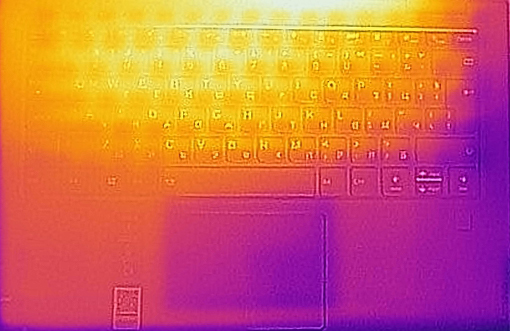
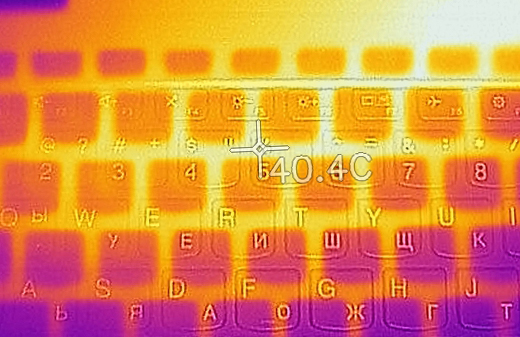
Verdict
 If you remember, should you have read our Yoga 9i (14) review, the more premium alternative didn’t go as planned. Lenovo tried to innovate with the palm rest area, and instead of a conventional touchpad, it had a glass touchscreen-like panel, that vibrates thanks to a haptic engine. Well, the idea was great, but the execution was pretty unimpressive.
If you remember, should you have read our Yoga 9i (14) review, the more premium alternative didn’t go as planned. Lenovo tried to innovate with the palm rest area, and instead of a conventional touchpad, it had a glass touchscreen-like panel, that vibrates thanks to a haptic engine. Well, the idea was great, but the execution was pretty unimpressive.
We are saying this just to show that the Yoga 7 (14) may just be the better option, despite its lower price. Instead of investing in the new unproven technology, you can get the package, that everyone expects, and arguably wants. After all, it works – and works pretty good actually. The fingerprint reader is fast, while the touchpad feels snappy and accurate.
Lenovo Yoga 7 (14)’s touchscreen IPS panel (IVO M140NWFA R3 (LEN88A3)) has a Full HD resolution, a very good contrast ratio, comfortable viewing angles, and an almost full sRGB coverage. Its backlight doesn’t use PWM for brightness adjustment. Moreover, the laptop complies with the sRGB standard when it comes to color accuracy, especially when our Gaming and Web design profile is applied. This makes the unit usable for professional and e-commerce purposes.
Also, the laptop sports a big battery, which offers more than 14 hours of Web browsing, and about 12 hours of video playback. Additionally, there is Thunderbolt 4 support, although the I/O is very limited, with only one USB Type-A 3.2 (Gen. 1) port to be found (still better than the MacBook Pro 13).
Unfortunately, the memory is soldered to the motherboard, and you won’t be able to upgrade it postfactum. However, there are options with 8, 12, and 16GB of DDR4 memory, which is neat, as the buffer 12GB variant would be a great compromise between price, and thought for the future.
It’s also worth mentioning that this notebook comes with a dedicated Pen inside the box, and its camera has a privacy shutter. While the latter works flawlessly, we noticed a slight input lag, when working with the Pen. But this is seen only when you are moving your hand fast.
Nevertheless, this is a good laptop for artists. It has the performance, screen quality, and pretty much all prerequisites for professional use.
Pros
- All-aluminum body with a good build quality
- There is an included stylus
- 98% of sRGB coverage and accurate color representation with our Gaming and Web design profile (IVO M140NWFA R3)
- The display doesn’t flicker at any brightness level (IVO M140NWFA R3)
- Tiger Lake onboard + Thunderbolt 4 support
- Our Gaming and Web design profile helps achieve standard-matching color accuracy
- Good battery life
Cons
- Lacks an SD card reader
- The memory is soldered to the motherboard
You can check the prices and configurations in our Specs System: https://laptopmedia.com/series/lenovo-yoga-7-14/
